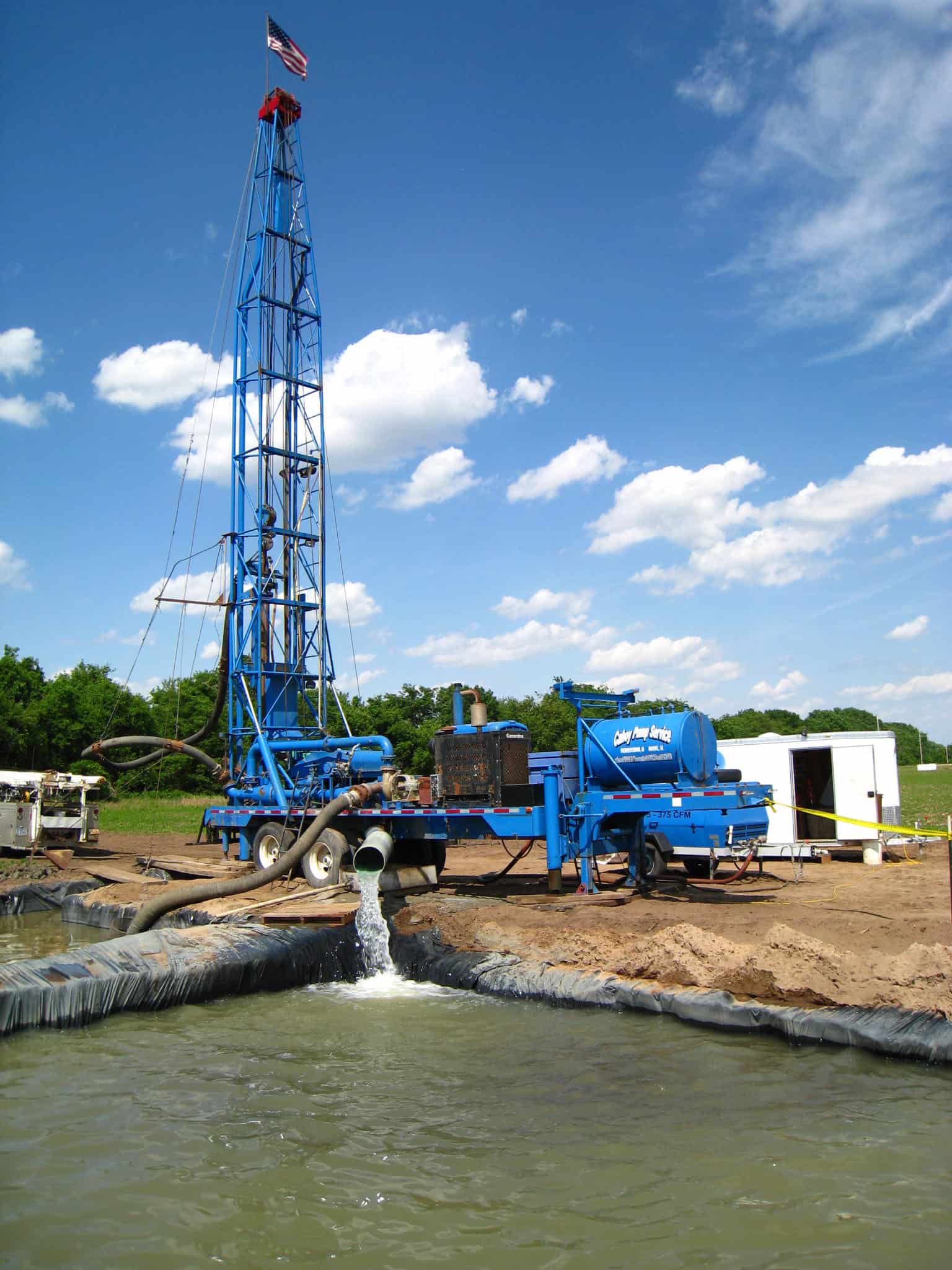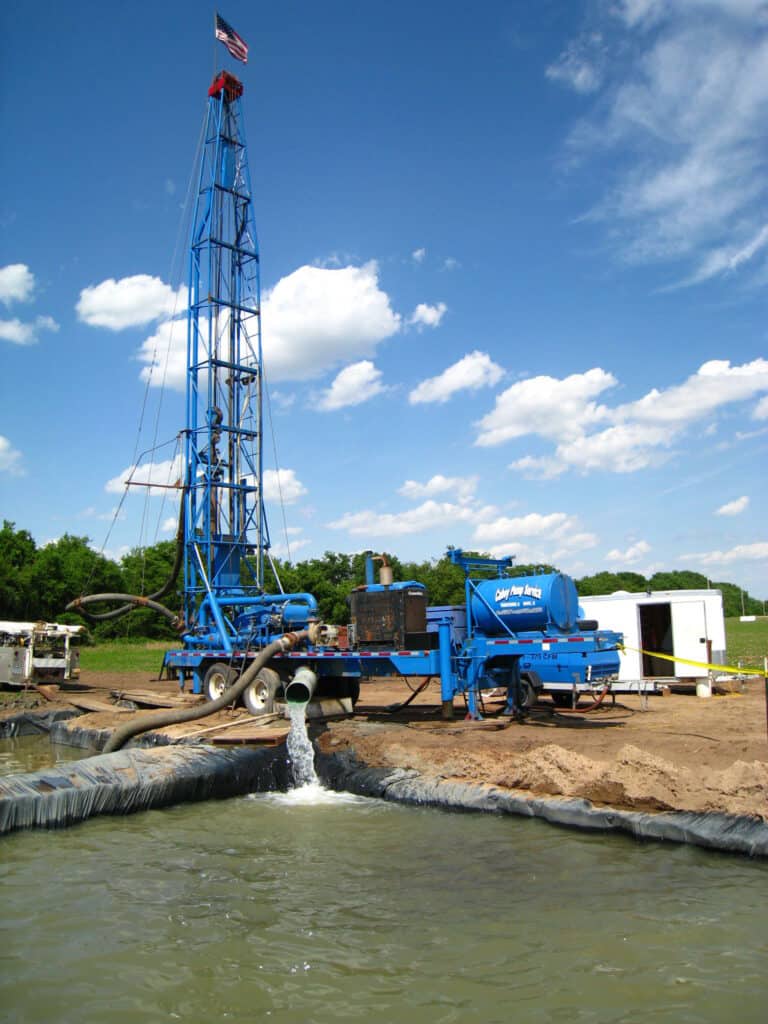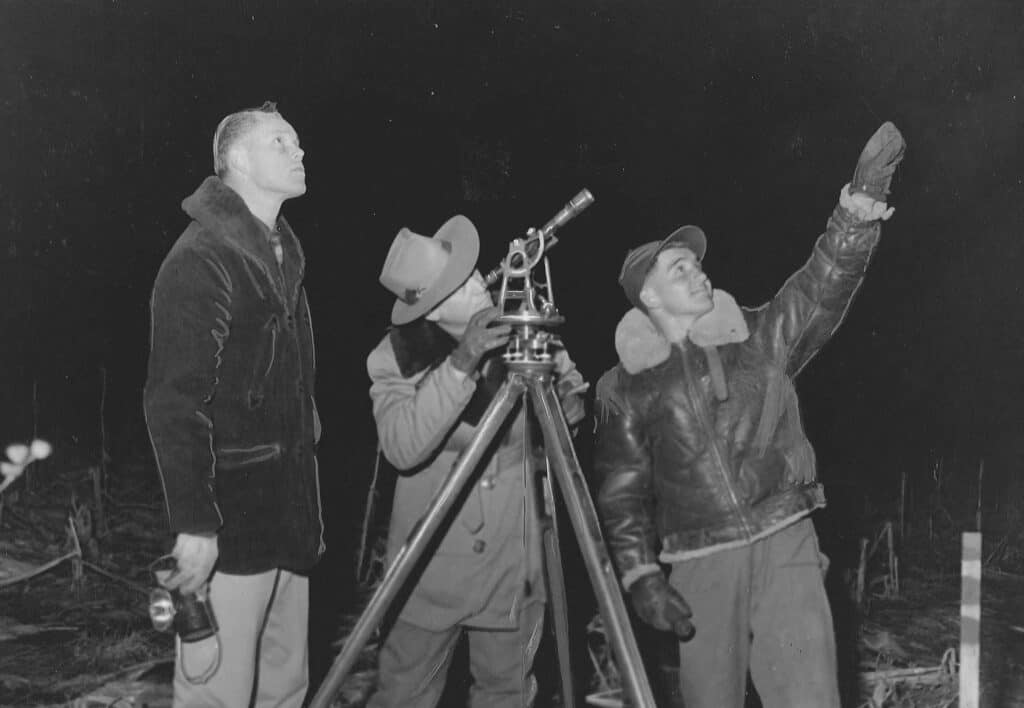The City of Fort Madison desired improvements and expansion of its existing water supply and treatment facilities. Groundwater from the Mississippi River alluvial aquifer was the preferred option to supply 6.0 MGD, which could increase ultimately to 9.0 MGD.
HR Green conducted preliminary research of the geology and hydrogeology of a 23 square mile area within the Mississippi River Valley south of the city. The research identified two favorable sites for development of the initial 6.0 MGD (4,167 GPM) supply. Groundwater source sustainability was the critical consideration, where the induced recharge from the river under pumping conditions was deemed essential to sustained well field operations. Other considerations included proper placement of the new well field among the existing high-capacity industrial users, proper well field management, and source water protection.
A detailed hydrogeologic study was conducted at the preferred site to characterize its water-bearing characteristics. First, exploratory drilling and logging of subsurface stratigraphy and soil sieve testing were employed across the 120-acre site to select a favorable location for the aquifer yield test. The lower alluvial aquifer was characterized as semi-confined and composed of fine-coarse sand with variable gravel that generally coarsens with depth.
For the pumping test, a single large diameter test well and five small diameter observation wells were constructed. The wells were arranged in a specific pattern and distance from the test well with each having a particular monitoring function. Groundwater levels and quality in both the upper and lower alluvial aquifers and the river stage were also monitored. A 3-step variable-rate pumping test was conducted at 600, 900, and 1,075 GPM to assess well efficiency and determine the optimum pumping rate for an extended pumping test. The 72-hour constant-rate pumping test was conducted at 1,009 GPM. Drawdown at the end of the test was measured at 18.2 feet for a calculated specific capacity value of 55.4 GPM/foot. Traditional pumping and recovery test methods were employed to determine the parameters that describe how the aquifer responds to pumping. The pumping test was followed by a 24-hour recovery test.
The main conclusions and recommendations of the aquifer study were:
- The lower Mississippi River alluvial aquifer is, on average, 180 feet deep and semi-confined by a clay-rich glacial till unit. The calculated hydrologic parameters are Transmissivity (120,000 GPD/foot; 16,000 square feet/day), Hydraulic Conductivity (1,500 GPD/square feet; 200 feet/day) and Coefficient of Storage (0.01 Unitless).
- The aquifer exhibits excellent water yield potential and can be developed as a new 6.0 MGD source of supply. Expansion to 9.0 MGD appears feasible if additional property is considered and hydrogeologic conditions are verified by aquifer testing.
- A well field consisting of five (5) wells each at 1,050 GPM design capacity was recommended. This provides a total well field capacity of 7.56 MGD to allow for production losses, flexibility of operations and maintenance, and to maintain a firm capacity of 6.05 MGD. Wells should be spaced a minimum of 800 feet apart.
- Water quality is excellent and amenable to the proposed treatment.
The new well field and Reverse Osmosis (RO) Water Treatment Plant are open.



